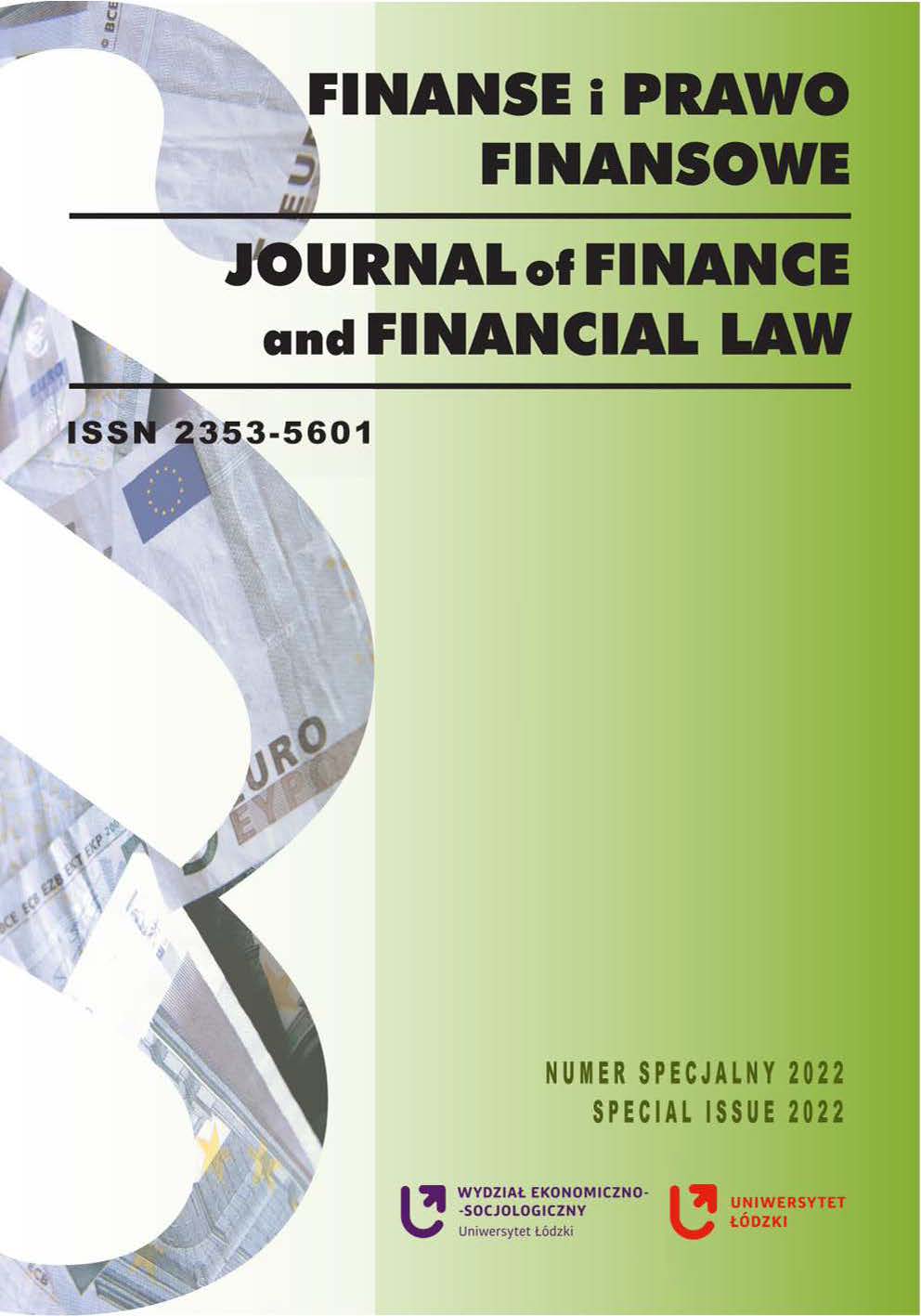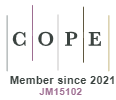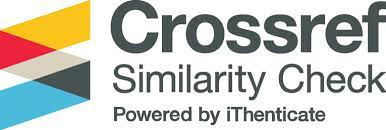Trust in Institutions and Tax Compliance. A Multilevel Analysis of the Regions of Spain
DOI:
https://doi.org/10.18778/2391-6478.S.2022.06Keywords:
tax compliance, trust, tax behavior, slippery slope framework, multilevel analysisAbstract
The purpose of the article/hypothesis: The aim of this work is to delve into the significance of trust in the phenomenon of tax compliance. Specifically, the relationship between taxpayers’ trust in the Government, administrations and institutions and their reported disposition towards tax compliance is explored based on the case of Spain and at regional level (NUTS2). Methodology: Using 2017 data collected by the European Values Study (EVS) and the Quality of Government Institute at the University of Gothenburg (QoG), a multilevel linear model is proposed where we assess the impact of citizen support for the Government and institutions on the disposition towards tax compliance. This model allows to simultaneously capture the relationships at taxpayer level and the effects of regional factors in the same equation. Results of the research: The results of the multilevel estimation allow the authors to reject the null hypothesis and accept, at least provisionally, the existence of a direct effect of trust in the institutions on tax compliance at regional level. Additionally, the low significance observed in the regional level variables suggests that citizens have non-decentralized perception of tax obligations. Furthermore, given that the effects are measured in terms of the quality of the institutions and government, the implications for regional policy and the actions of regional governments are of significant interest for the study of tax behavior and compliance.
Downloads
References
Allingham, M.G. and Sandmo, A. (1972). Income tax evasion: A theoretical analysis. Taxation: critical perspectives on the world economy, 3. https://doi.org/10.1016/0047-2727(72)90010-2
Google Scholar
DOI: https://doi.org/10.1016/0047-2727(72)90010-2
Alm, J. (2019). What motivates tax compliance? Journal of Economic Surveys, 33(2). https://doi.org/10.1111/joes.12272
Google Scholar
DOI: https://doi.org/10.1111/joes.12272
Alm, J., Kirchler, E. and Muehlbacher, S. (2012). Combining psychology and economics in the analysis of compliance: From enforcement to cooperation. Economic analysis and Policy, 42(2).
Google Scholar
DOI: https://doi.org/10.1016/S0313-5926(12)50016-0
Alm, J., Sanchez, I. and Juan, A. (1995). Economic and noneconomic factors in tax compliance. Kyklos, 48(1). http://dx.doi.org/10.1111/j.1467-6435.1995.tb02312.x
Google Scholar
DOI: https://doi.org/10.1111/j.1467-6435.1995.tb02312.x
Becker, G.S. (1968). Crime and Punishment: An Economic Approach. Journal of Political Economy, vol. 76(2). http://dx.doi.org/10.1086/259394
Google Scholar
DOI: https://doi.org/10.1086/259394
Braithwaite, V. (2002). A new approach to tax compliance. In: V. Braithwaite, ed. Taxing democracy. Hants: Ashgate Publishing Ltd. http://dx.doi.org/10.4324/9781315241746-6
Google Scholar
DOI: https://doi.org/10.4324/9781315241746-6
Brezina, P., Eberhartinger, E. and Zieser, M. (2021). The Future of Tax Audits? The Acceptance of Online-Based, Automated Tax Audits and their Effects on Trust and Power (January 1, 2021). WU International Taxation Research Paper Series, 2021-02. http://dx.doi.org/10.2139/ssrn.3769337
Google Scholar
DOI: https://doi.org/10.2139/ssrn.3769337
Charron, N., Lapuente, V. and Annoni, P. (2019). Measuring quality of government in EU regions across space and time. Papers in Regional Science, 98(5). https://doi.org/10.1111/pirs.12437
Google Scholar
DOI: https://doi.org/10.1111/pirs.12437
de Widt, D. (2017). Dutch horizontal monitoring: The handicap of a head start. Umeå universitet.
Google Scholar
Eberhartinger, E. and Zieser, M. (2021). The Effects of Cooperative Compliance on Firms’ Tax Risk, Tax Risk Management and Compliance Costs. Schmalenbach Journal of Business Research, 73(1). https://doi.org/10.1007/s41471-021-00108-6
Google Scholar
DOI: https://doi.org/10.1007/s41471-021-00108-6
EVS (2020). European Values Study 2017: Integrated Dataset (EVS 2017). GESIS Data Archive, Cologne. ZA7500, Data file Version 4.0.0, https://doi.org/10.4232/1.13560
Google Scholar
Feld, L.P. and Frey, B.S. (2002). Trust Breeds Trust: How Taxpayers are Treated. Economics of Governance, 3. https://doi.org/10.1007/s101010100032
Google Scholar
DOI: https://doi.org/10.2139/ssrn.263351
Ford, C. and Condon, M. (2011). Introduction to 'New Governance and the Business Organization’. Law & Policy, 33(4).
Google Scholar
DOI: https://doi.org/10.1111/j.1467-9930.2011.00349.x
Frank, R.H. (1991). Microeconomics and behavior. New York: McGraw-Hill Education.
Google Scholar
Frey, B.S. (2003). Deterrence and tax morale in the European Union. European Review, 11(3). http://dx.doi.org/10.1017/S1062798703000346
Google Scholar
DOI: https://doi.org/10.1017/S1062798703000346
Gaisbauer, H.P., Schweiger, G. and Sedmak, C. (2015). Outlining the field of tax justice. In Philosophical explorations of justice and taxation. Cham: Springer.
Google Scholar
DOI: https://doi.org/10.1007/978-3-319-13458-1
Hox, J. (2002). Multilevel analysis. Techniques and applications. Hillsdale: Lawrence Erlbaum Associates.
Google Scholar
DOI: https://doi.org/10.4324/9781410604118
IEF (2021). Opiniones y actitudes fiscales de los españoles en 2020. Documentos de Trabajo del IEF, 5.
Google Scholar
Kirchler, E., Hoelzl, E. and Wahl, I. (2008). Enforced versus voluntary tax compliance: The “slippery slope” framework. Journal of Economic psychology, 29(2). https://doi.org/10.1016/j.joep.2007.05.004
Google Scholar
DOI: https://doi.org/10.1016/j.joep.2007.05.004
Lago-Peñas, I. and Lago-Peñas, S. (2008). The determinants of tax morale in comparative perspective: Evidence from a multilevel analysis. Instituto de Estudios Fiscales Working Paper, 2. http://dx.doi.org/10.2139/ssrn.1321437
Google Scholar
DOI: https://doi.org/10.2139/ssrn.1321437
Long, S.B. and Swingen, J.A. (1991). Taxpayer compliance: Setting new agendas for research. Law and Society Review, 25. https://doi.org/10.2307/3053731
Google Scholar
DOI: https://doi.org/10.2307/3053731
Luke, D.A. (2004). Multilevel modelling. Thousand Oaks, CA: Sage.
Google Scholar
DOI: https://doi.org/10.4135/9781412985147
OECD (2008). Study into the role of tax intermediaries. Paris: OECD Publishing. https://doi.org/10.1787/9789264041813-en
Google Scholar
DOI: https://doi.org/10.1787/9789264041813-en
OECD (2010). Understanding and Influencing Taxpayers’ Compliance Behaviour. Paris: OECD Publishing.
Google Scholar
OECD (2013). Co-operative Compliance: A Framework from Enhanced Relationship to Co-operative Compliance. Paris: OECD Publishing. https://doi.org/10.1787/9789264200852-en
Google Scholar
DOI: https://doi.org/10.1787/9789264200852-en
OECD (2014a). Measures of Tax Compliance Outcomes: A Practical Guide. Paris: OECD Publishing. http://dx.doi.org/10.1787/9789264223233-en
Google Scholar
DOI: https://doi.org/10.1787/9789264223233-en
OECD (2014b). International tax terms, https://www.oecd.org/ctp/33967016.pdf [Accessed 2.11.2021].
Google Scholar
OECD (2014c). Tax Compliance by Design: Achieving Improved SME Tax Compliance by Adopting a System Perspective. Paris: OECD Publishing. http://dx.doi.org/10.1787/9789264223219-en
Google Scholar
DOI: https://doi.org/10.1787/9789264223219-en
Pardo, A., Ruiz, M.A. and San Martín, R. (2007). Cómo ajustar e interpretar modelos multinivel con SPSS. Psicothema, 19(2), https://www.redalyc.org/articulo.oa?id=72719220 [Accessed 25.04.2022].
Google Scholar
Prest, A.R. (1983). Fiscal Policy. In: P. Coffey, ed., Main Economic Policy Areas of the EEC. Dordrecht: Springer. http://dx.doi.org/10.1007/978-94-017-2130-1_3
Google Scholar
DOI: https://doi.org/10.1007/978-94-017-2130-1_3
Prinz, A., Muehlbacher, S. and Kirchler, E. (2014). The slippery slope framework on tax compliance: An attempt to formalization. Journal of Economic Psychology, 40. http://dx.doi.org/10.1016/j.joep.2013.04.004
Google Scholar
DOI: https://doi.org/10.1016/j.joep.2013.04.004
Randlane, K. (2016). Tax Compliance as a System: Mapping the Field. International Journal of Public Administration, 39(7). http://dx.doi.org/10.1080/01900692.2015.1028636
Google Scholar
DOI: https://doi.org/10.1080/01900692.2015.1028636
Raudenbush, S.W., Bryk, A.S., Cheong, Y.F. and Congdon, R. (2000). HLM 5: Hierarchical linear and nonlinear modelling. Lincolnwood, IL: Scientific Software International.
Google Scholar
Raudenbush, S.W. and Bryk, A.S. (2002). Hierarchical linear models: Applications and data analysis methods. Advanced quantitative technique. Thousand Oaks: SAGE.
Google Scholar
Schmölders, G. (2006). The psychology of money and public finance. New York: Palgrave Macmillan. http://dx.doi.org/10.1057/9780230625112
Google Scholar
DOI: https://doi.org/10.1057/9780230625112
Srinivasan, T.N. (1973). Tax evasion: A model. Journal of Publics Economics, 2. http://dx.doi.org/10.1016/0047-2727(73)90024-8
Google Scholar
DOI: https://doi.org/10.1016/0047-2727(73)90024-8
(www1) https://www.gu.se/en/quality-government/qog-data/data-downloads/eu-regional-dataset
Google Scholar
(www2) https://qog.pol.gu.se/data/datadownloads/qog-eqi-data
Google Scholar
Downloads
Published
How to Cite
Issue
Section
License

This work is licensed under a Creative Commons Attribution-NonCommercial-NoDerivatives 4.0 International License.














